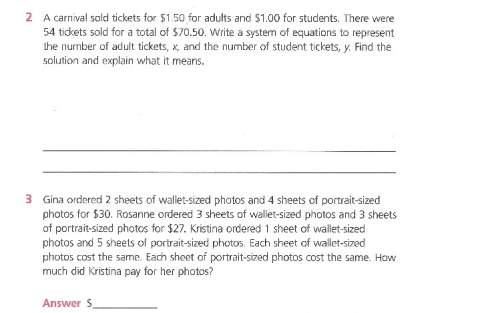
Mathematics, 02.04.2021 01:00 ManBun99
Imagine we choose an American household at random and define the random variable C to be the
number of cars (including SUVs and light trucks) the household owns. The standard deviation of C
is 1.08. Which of the following is the best interpretation of this value?
A) The number of cars would be at most 1.08 from the mean.
B) The mean number of cars would be about 1.08 from the expected value.
C) The mean number of cars would be around 1.08
D) The number of cars would be within 1.08 from the mean about 65% of the time.
E) The number of cars would typically be about 1.08 from the mean.

Answers: 2


Other questions on the subject: Mathematics

Mathematics, 21.06.2019 16:00, vjacksongonzalez
You eat 8 strawberries and your friend eats 12 strawberries from a bowl. there are 20 strawberries left. which equation and solution give the original number of strawberries?
Answers: 1


Mathematics, 22.06.2019 03:30, asianpatriot7375
Jennifer graphs the function f(x)=x squared. then she graphs the function f(x-3). how does the graph f(x-3) differ from the graph of f(x)
Answers: 1

Mathematics, 22.06.2019 04:30, HayleiMae
The directions on a sewing pattern say to cut an extra 15% of fabric to account for error. chloe needs 0.75 yard of fabric to make a skirt, and she cuts 0.1125 yard. did chloe cut the correct amount of fabric? why or why not? a. chloe cut enough fabric because she cut the amount of fabric for the skirt. b. chloe cut enough fabric because she cut enough fabric for the skirt and the amount of extra fabric. c. chloe did not cut enough fabric because she only cut the amount of fabric for the skirt. d. chloe did not cut enough fabric because she only cut the amount of extra fabric.
Answers: 1
You know the right answer?
Imagine we choose an American household at random and define the random variable C to be the
number...
Questions in other subjects:


Physics, 18.05.2021 22:20




Mathematics, 18.05.2021 22:20

History, 18.05.2021 22:20






